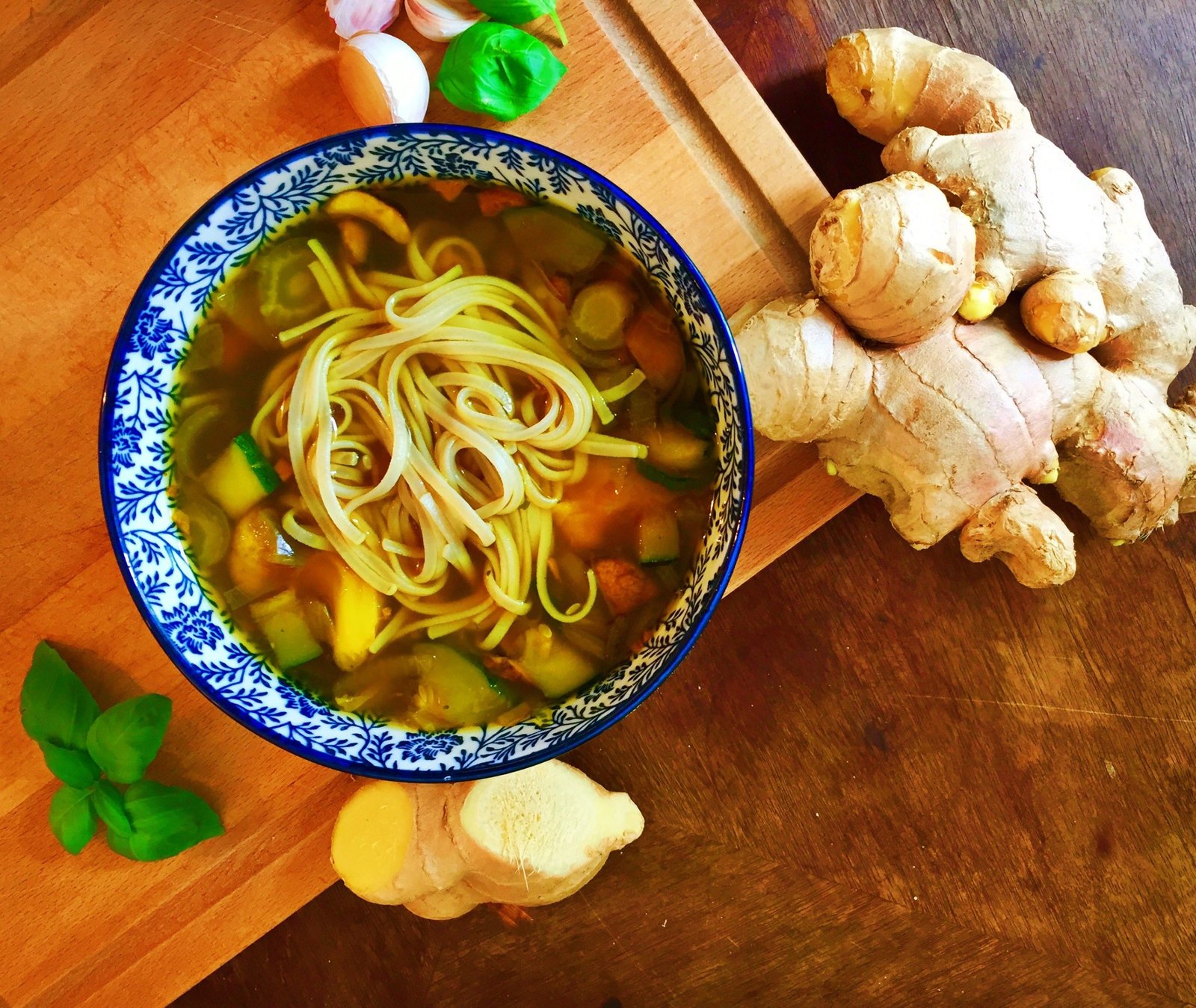
by jayjagger | Dec 8, 2021 | Breakfasts, dairy free, Gluten Free, Mains, Nourishing Recipes, Turmeric, Vegan
Anti-Inflammatory Breakfast This simple apple and banana porridge infused with turmeric provides a super healthy and anti-inflammatory breakfast to kick-start your day. Why Turmeric? TURMERIC is a POWERHOUSE, a plant with amazing healing and anti-inflammatory...

by jayjagger | Feb 10, 2021 | dairy free, Gluten Free, Mains, Nourishing Recipes, Turmeric, Vegan
This nourishing vegetable and lentil soup is the perfect winter-warmer: I usually make it at least once a week and it eat it for days (reheated tastes even better). This perfect winter-warmer is a winner for every dosha, simply follow the dosha adjustments below. This...

by jayjagger | Oct 20, 2020 | Breakfasts, dairy free, Gluten Free, Mains, Nourishing Recipes, Turmeric
This vitalising and cleansing sweet mung daal porridge will have you longing for more! Mung beans’ astringent nature literally scrapes your bowels clean. They draw out toxins from your digestive tract, clear up excess mucus and combat dampness in your body.This...

by jayjagger | Sep 21, 2020 | Ayurveda, Healing Herbs, Nutrition, Turmeric
‘Turmeric’, ‘Curcuma’, ‘Kurkuma’, ‘the golden spice’, ‘the yellow gold’ and ‘golden goddess’ to name but few. This super spice has many names, and just as many, if not more, excuberant healing...

by jayjagger | Apr 30, 2020 | Mains, Nourishing Recipes, Turmeric
Weekly Recipe Warming Cauliflower & Turmeric Broth More Recipes Warming Turmeric & Cauliflower Broth 1 shallot (diced)1 garlic clove (diced)5 tsp yellow Lupin Miso (I don’t use Soya products as I strongly believe these increase inflammation in the body....






